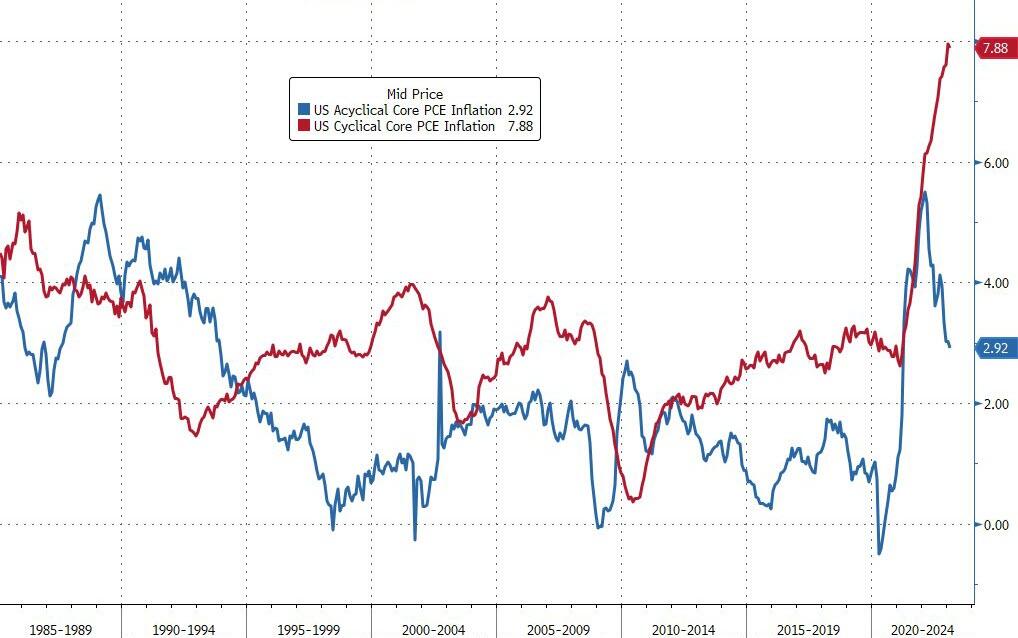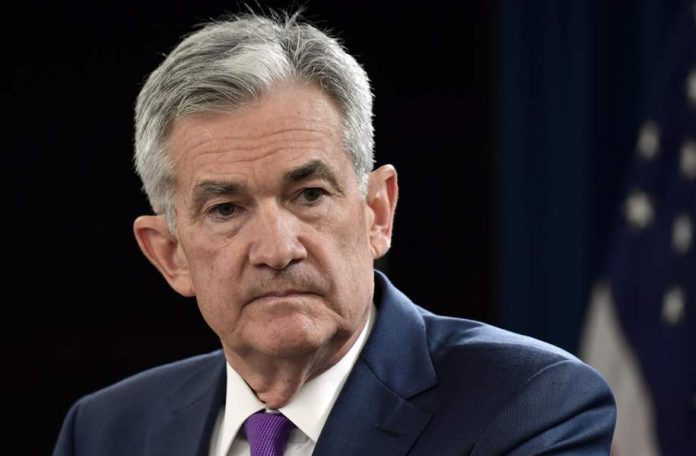Stocks gained again today despite opening moderately lower. The Dow, S&P, and Nasdaq Composite initially slumped in response to an Amazon (NASDAQ: AMZN) earnings “miss” before rallying off the morning lows. The Dow is on track to close out the month 2.1% higher, which would make April its best month since January (+2.8%). Dow shares led the market over the last few weeks as bank stocks recovered from the Silicon Valley Bank meltdown.
As of this morning, the market is about halfway through earnings season, and results have been better than expected; roughly 80% of S&P 500 companies surpassed estimates thus far, matching the index’s three-year average.
Bolvin Wealth Management president Gina Bolvin offered a bizarre soundbite on what that should mean for share prices.
“The market should follow earnings,” said Gina Bolvin, president of Bolvin Wealth Management. “That is the mother’s milk of the market.”
The “milk” might be souring, though, after Amazon’s big earnings disappointment last evening. Amazon beat EPS and revenue estimates, which led to a temporary 12% rally after-hours. But that quickly evaporated once the company revealed that its cloud business – Amazon Web Services – decelerated significantly last quarter.
“As expected, customers continue to evaluate ways to optimize their cloud spending in response to these tough economic conditions in the first quarter,” said Amazon’s chief financial officer, Brian Olsavsky.
“We are seeing these optimizations continue into the second quarter with April revenue growth rates about 500 basis points lower than what we saw in Q1.”
This cast a pall on the broader market, as cloud service growth has become a popular economic barometer in recent years. AMZN shares raced 4% lower through noon today.
The Fed’s favorite inflation indicator, the core PCE deflator, initially weighed on sentiment this morning, too. Core PCE printed at +4.6% year-over-year (YoY) as expected but February’s reading was revised higher (to +4.7%) and headline PCE came in hotter than anticipated at +4.2% YoY.
Of particular concern to the Fed was services inflation less housing, which remained stubbornly high yet again. Services less housing peaked at almost +5.0% YoY in late 2021. It has only moderated slightly since, falling to +4.5% YoY in March.

But the most hawkish reading in today’s report was US cyclical core PCE inflation, which tracks inflation related to the current economic cycle. Cyclical core PCE soared again, rising to +7.88% YoY in March after screaming higher since early 2021.
The one silver lining to be had was that wage growth fell from +7.6% YoY in February to +7.4% in March. This was offset, however, by a rising employment cost index (ECI).
Wall Street Journal Fed mouthpiece Nick Timiraos covered the ECI “beat” and its importance in a morning tweet.
“The wage report from the ECI at 8:30 am ET this morning is important because a) several Fed officials have said it is their favored measure of labor compensation and b) conflicting trends are being given by other series,” Timiraos said.
“The ECI component of greatest relevance to the Fed, wages and salaries for private sector workers excluding incentive paid occupations, showed no meaningful deceleration in Q1 +1.5% QoQ (the highest reading on record after the 1.6% gain in Q1 ’22) +5% YoY, (vs 5.2% in Q4).”
When Timiraos speaks, markets listen. His direct line of communication to the Fed has made him “Diet Powell” in many ways; Timiraos has a tendency to presage many of Powell’s post-hike press conference talking points.
His point this morning was to say that today’s PCE report offers zero support for a “no hike” FOMC meeting. What’s more, Powell could reference the ECI and core PCE deflator in his post-hike presser, which should only serve to press down on markets instead of lifting them higher.







